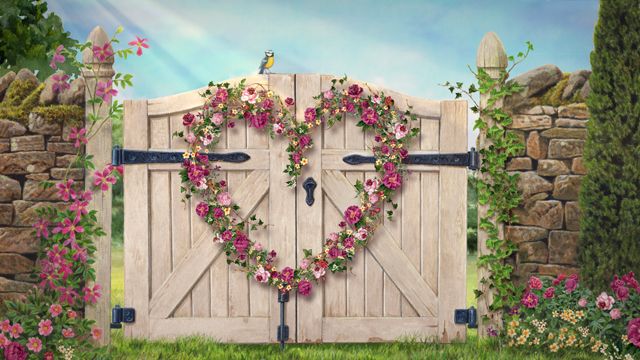So you have a layer of cement board then wood??? Great idea
Also what is under the tile Infront of the fireplace?
Cement board.
So you have a layer of cement board then wood??? Great idea
Also what is under the tile Infront of the fireplace?
If you were running a slammer it was unsafe whether you want to admit it or not.Yes, of course I do. Do you know that I have ran the open insert for the last several years before I had this done with just the clay liners.
I do understand where your coming from but at no time has anything ever been unsafe.
Or subfloor under insufficient hearth protection. Or wood overtop of a layer of cement board right overtop of an old insert.... and when it is organic matter (as in 2*4s separated by insufficient distance from a hot pipe), it won't crumble but it might ignite. Out of sight. Hence the push for a safe install according to code.
 www.facebook.com
www.facebook.com
450 where?Holy smokes is my kitchen going to be warm this winter. Got it dialed in perfectly at 450 with some scrap lumber.
Sealant won't hold up there but that's a good temp for sure especially in warm weather. So it seems like the 6" will work. Doesn't fix any of the safety issues but it burnsFlu. To Seat the sealant in place

Yes I assumed furnace cement was used and it won't hold up and should not be needed.The sealant used was the proper furnace glue or cement whatever it is.
I had to heat the stove up today and run in for that stuff to set in.
I have am AWESOME updraft BTW with a 6 inch flu.
The trick is to burn well seasoned wood
Your fire district, they are obviously pyros lining up future business...don't burn that thing while you sleep!FYI
My fire district told me NOT to wrap the liner in insulation. 1 run of bricks in front is enough. Both sides and rear have double runs
We use essential cookies to make this site work, and optional cookies to enhance your experience.

